On this day in 1967, the Evening Express reported on the first weekend of the life-saving, landmark drink-drive law, marking a societal shift in drinking culture in Aberdeen and beyond. Elsewhere, tributes were paid to Labour legend Clement Attlee, and there was an aviation revolution at Dyce.
Landmark law to end drink-drive deaths
Gone were the days of having a few pints at the local pub then hazily driving home afterwards.
By late 1960s Britain, there were approximately five million cars on the road, and the number of drink-driving deaths were increasing.
From October 7, the Road Safety Act 1967 made it an offence to drive a vehicle with a blood alcohol concentration of over 80mg of alcohol per 100ml of blood.
At that time, 22 people were killed a day on Britain’s roads – a figure that dropped to five a day by 2015.
Although there was still a lingering attitude in the following years that being caught over the limit was simply “bad luck”, the law saw an 88% decrease in drink-drive deaths.
How did north-east drinkers react?
The EE reported on the first weekend of the new law and proclaimed: “Aberdeen and the north-east came through the first few hours of the new law with flying colours.”
A police spokesman said in Aberdeenshire they usually had “one or two accidents to deal with, but last night there had been none”.
He added: “Possibly in view of the publicity, people are thinking very hard about the breathalyser.”
Police didn’t even have any reports of having to conduct breathalyser tests.
The EE reporters also spoke to Aberdeenshire landlords and hoteliers to see how the laws were affecting the pub trade.
The manager of one Fraserburgh hotel said “one man who had attended a licensed dance last night left his car and walked to his nightshift job”.
We’ve come a long way since 1967 – there aren’t many people who would head to the boozer before a nightshift these days.
A Peterhead proprietor said a lot of his customers in town would just walk to the pub, but added “it is the country pubs that are going to suffer”.
One Aberdeen pub reported being “busier than ever” and reckoned it was due to “drivers having a last fling before the start of the new law”.
Tributes to ‘quiet genius’ Clement Attlee
The Evening Express also carried an obituary to Clement Attlee, “the eminent statesman who pioneered the great post-war revolution in Britain”.
The former Labour leader and Prime Minster, who snatched a shock landslide victory from Churchill in 1945, had died on October 8 1967.
The tribute said Attlee “remained to the end the quiet man with the genius for understatement and a deep simplicity rarely possessed by any political leader in his life and times”.
Attlee’s post-war government oversaw the introduction of the welfare state, the NHS and the building of council houses.
During his time in politics he was no stranger to Aberdeen having headlined a trade union conference in Belmont Street in 1937.
And in 1956, Attlee was awarded the Freedom of Aberdeen – the highest honour the city can bestow.
Following his death, the EE reported how Attlee “mingled with the mighty but never lost the common touch”.
A quiet man who shunned showmanship, he was the dominant figure in the Labour movement in the corridors of power at Westminster for 20 years.
The EE reported political observers said the secret to Attlee’s success was “a high sense of moral values and this made him respected and trusted by all”.
And his “unassailable integrity which friends and opponents alike acknowledged”.
The tribute concluded: “His probity, integrity and strength of character stemmed from those early days when he resolutely turned his back on a lucrative career at the Bar to work in London slums at the start of the century.”
It’s hard to imagine such a glowing eulogy these days; some might argue there is little integrity or trust left in politics.
Aviation first as air ‘bus stop’ service lands in Aberdeen
Already a big day for news, aviation history was made on this day when the first-ever ‘bus-stop’ flight service landed in Aberdeen.
The new route linked Portsmouth with Aberdeen, calling at Southend, Luton, East Midlands, Leeds/Bradford, Teeside and Newcastle en route.
It was said to be a revolutionary project from RAF Squadron Leader Reginald “Jack” Jones who had founded his own airline Channel Airways.
Jones’ dream became a reality when the first gold, silver and white BAC one-eleven jet touched down on the runway at Dyce on October 9 1967.
It was carrying 73 people, including the mayors of the town where the flight “bus” had stopped.
The party of VIPs were taken to the Town House for lunch before enjoying a tour of Aberdeen.
It was the first of daily flights between Aberdeen and Portsmouth leaving at 8am every day with 10 minute stops at the intermediate airports.
From Heathryfold to haute couture
Another story featured was that of Aberdeen housewife Jean Greenhowe, who went from winning an Evening Express knitting competition to national acclaim in fashion.
Jean won a contest and her designs were showcased in the EE. They caught the eye of glossy magazines and designers.
Working from her house in Heathryfold, the young and “versatile” housewife was taking on commissions and creating sketches for top fashion outlets.
The EE said: “She is now considered to be among the top rank hand-knitting designers in the world of fashion.”
Women’s editor at the EE Ruby Turberville commented: “I hear a lot of young housewives complain about the dull routine of household chores and how they haven’t the time to do the things they’d like to.
“I hope they take heart from Mrs Greenhowe’s story. For she not only looks after her home most efficiently but continues to make the bulk of the garments worn by her husband, son, and young daughter.”
I’m sure that was really helpful advice for young women in the 1960s trying to hold down jobs, keep up with the housework and bring up children!
More from our On This Day series:
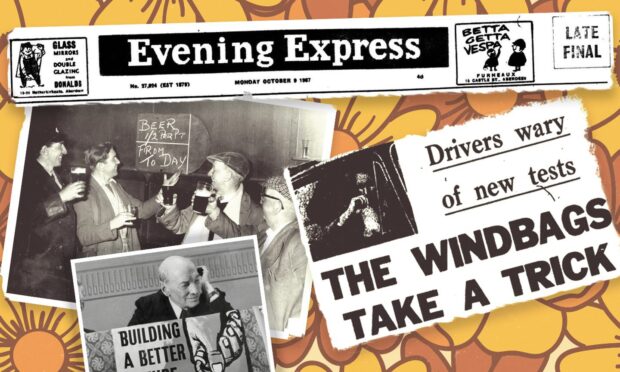
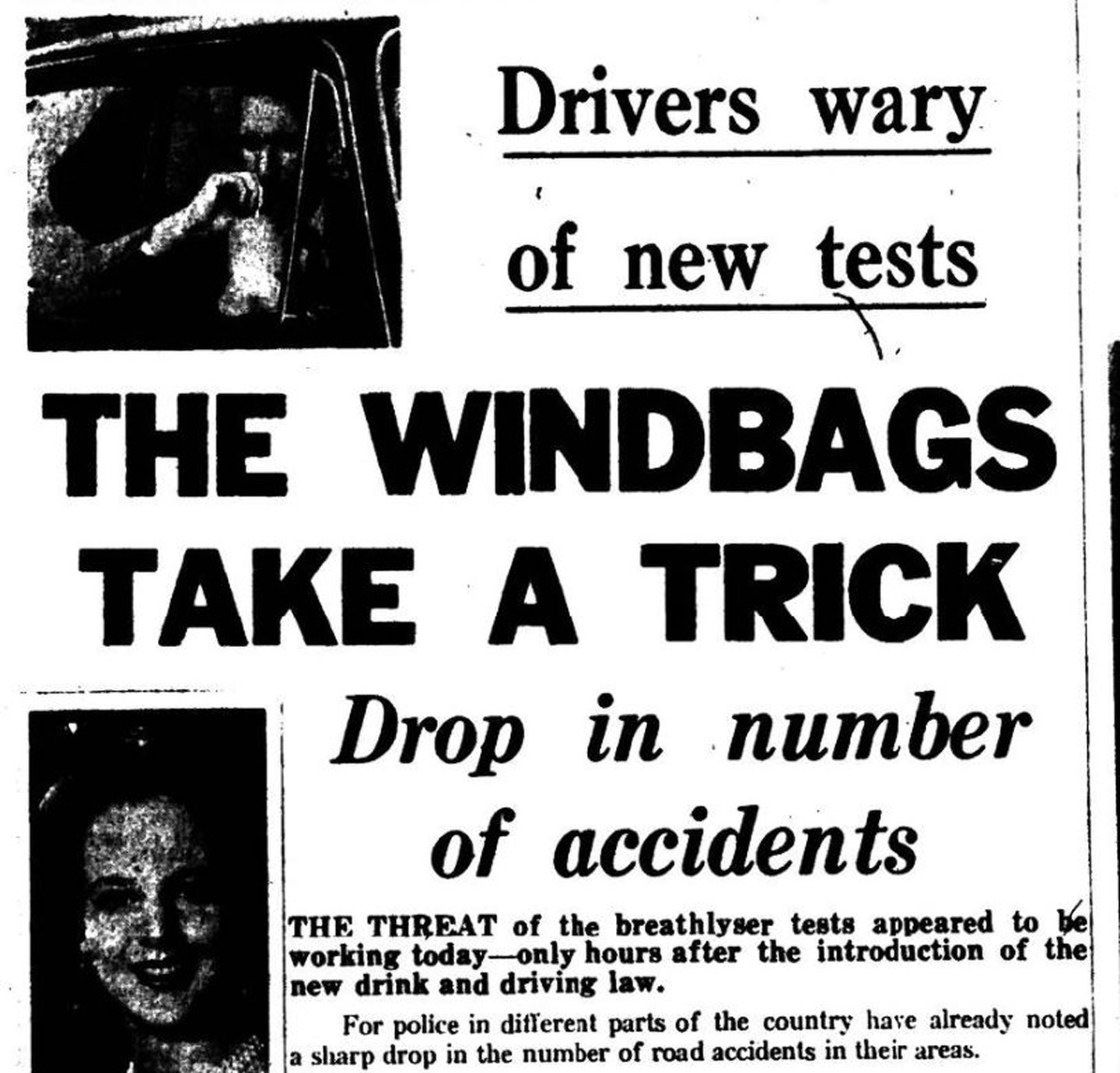
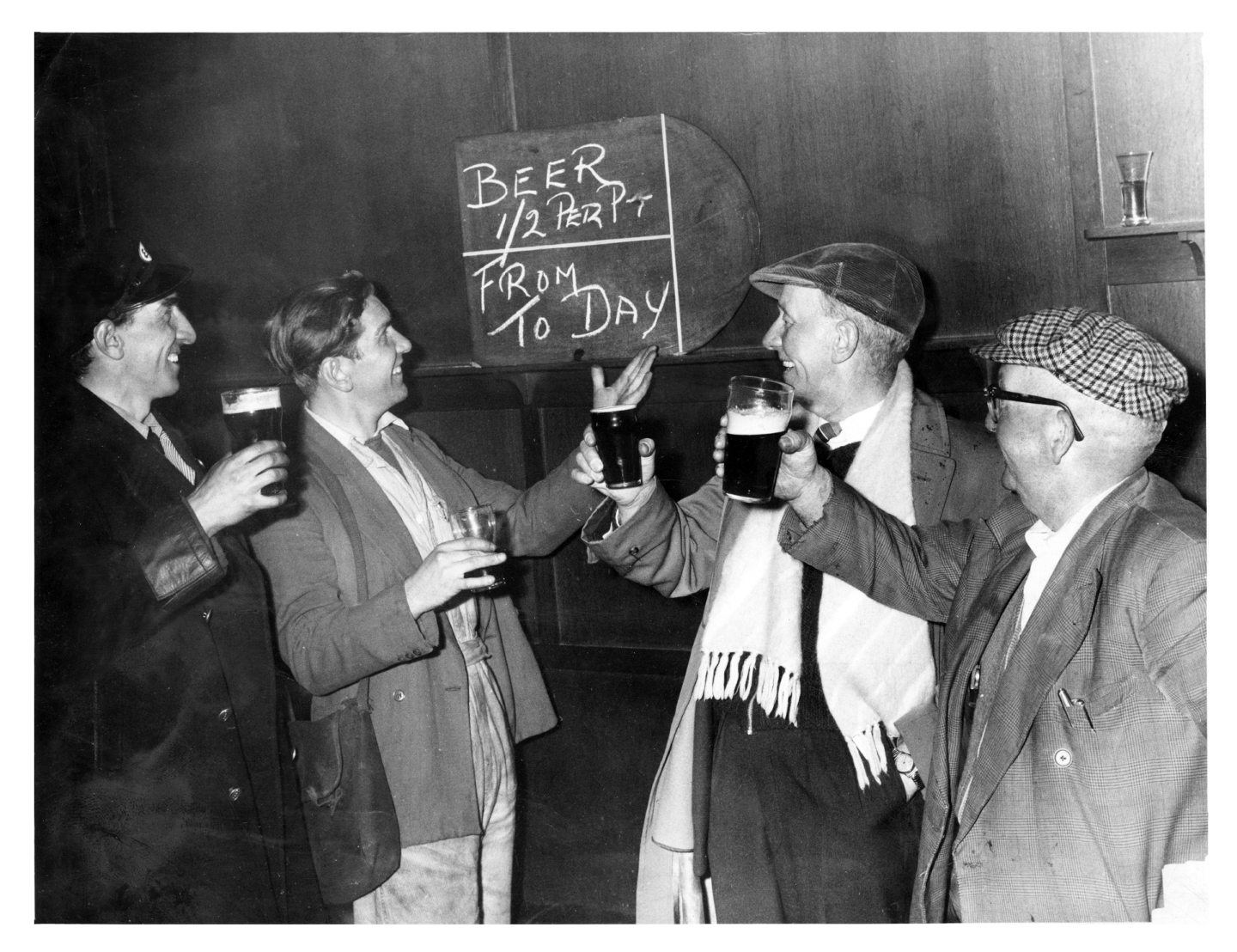
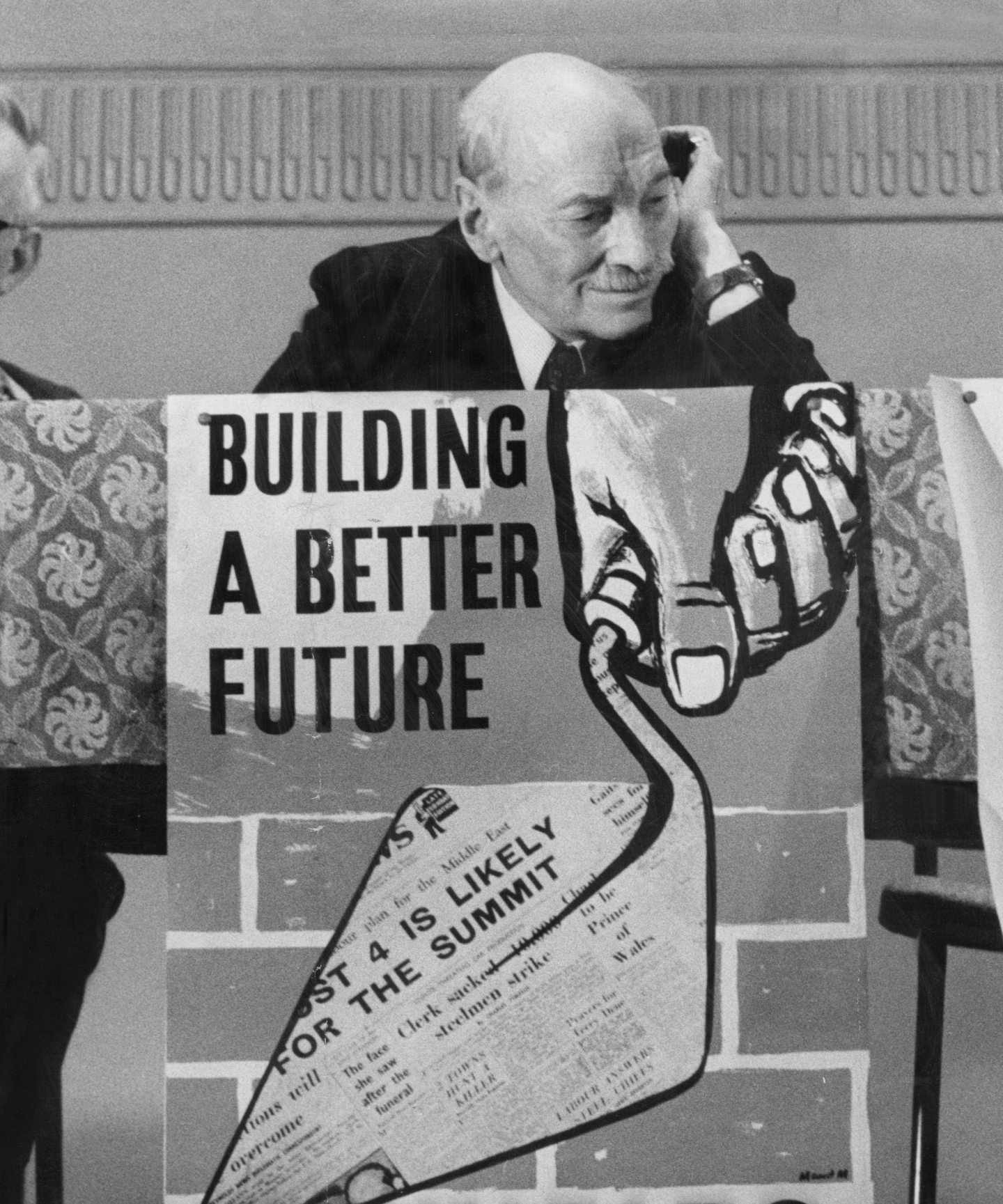

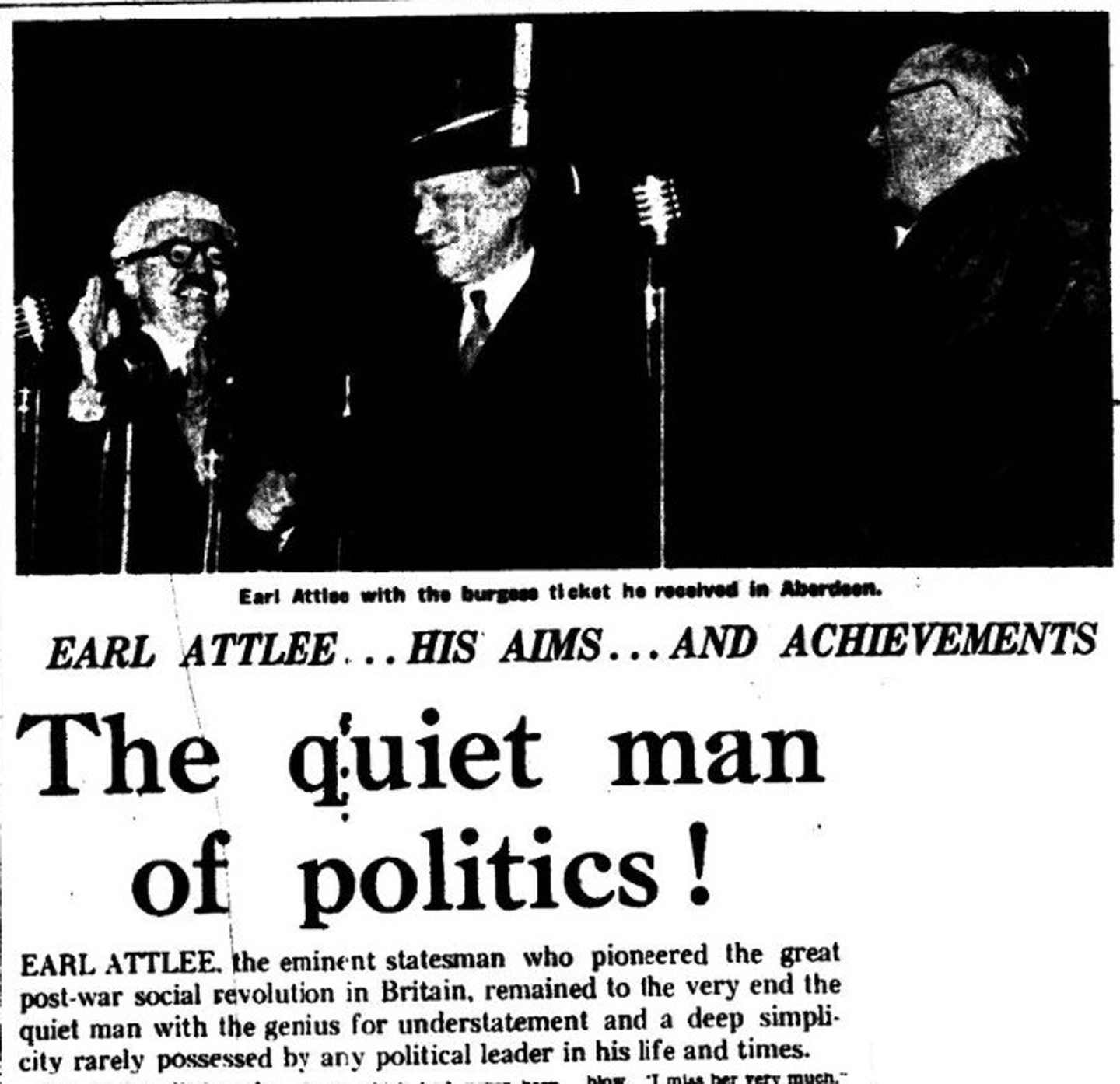
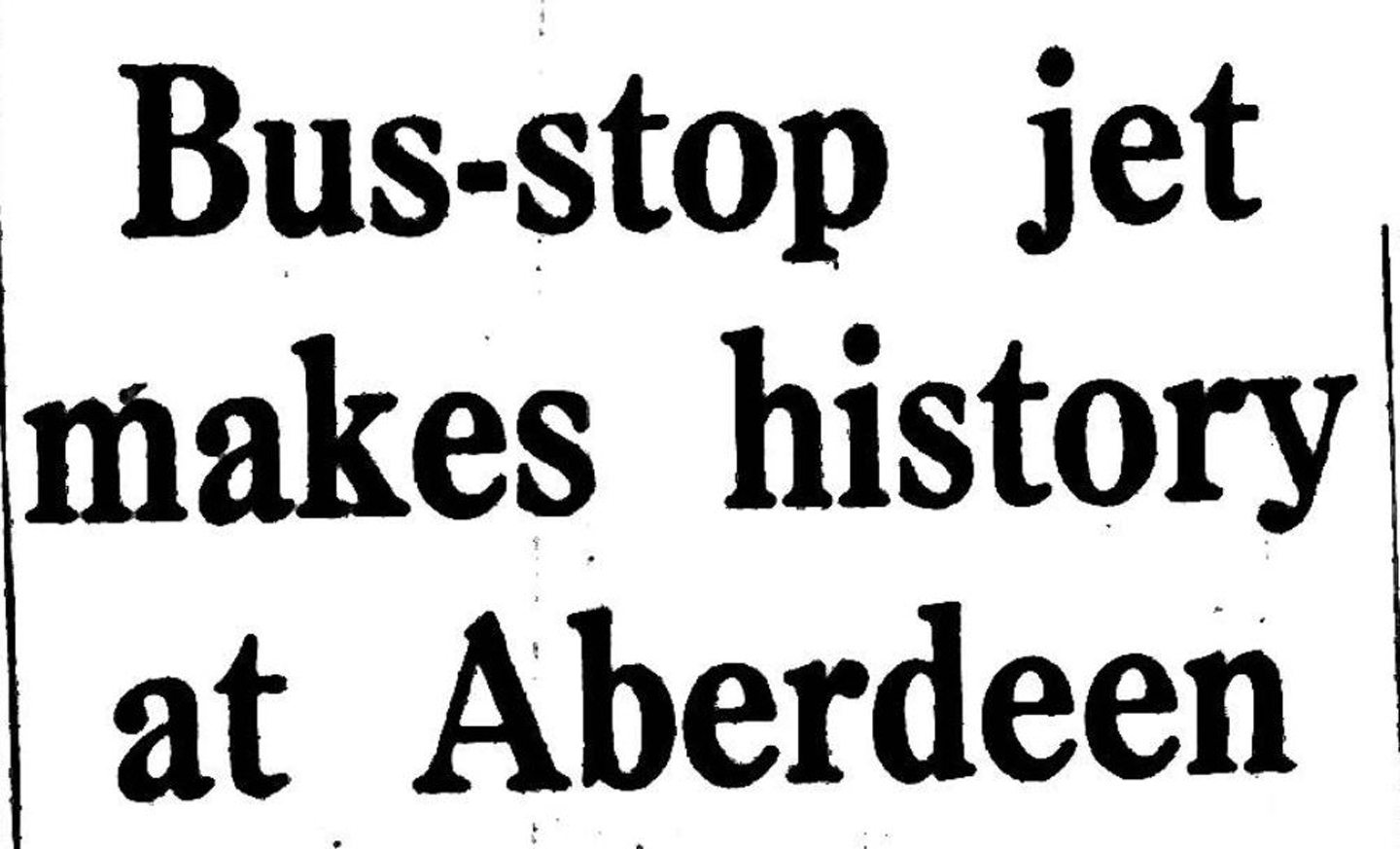
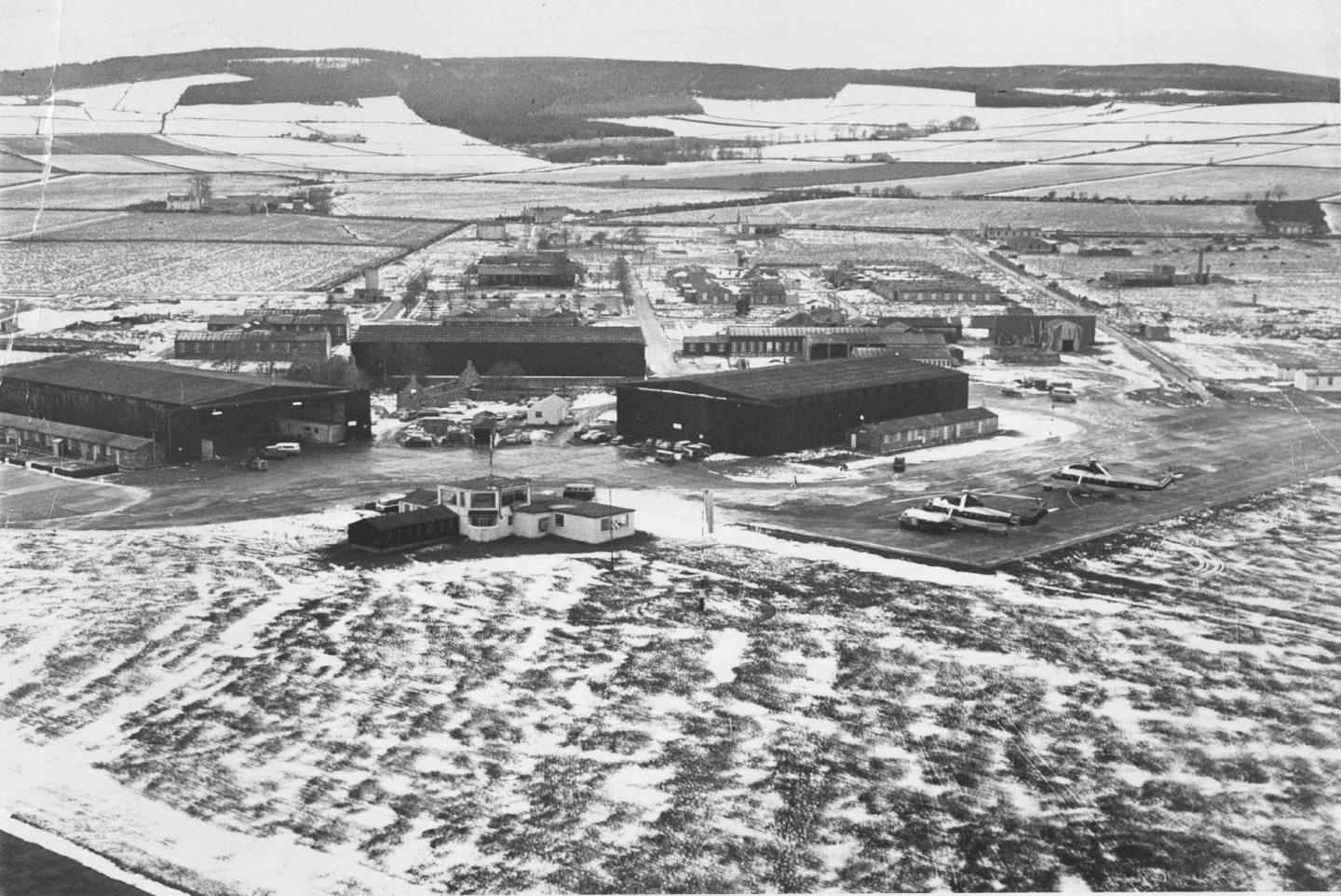
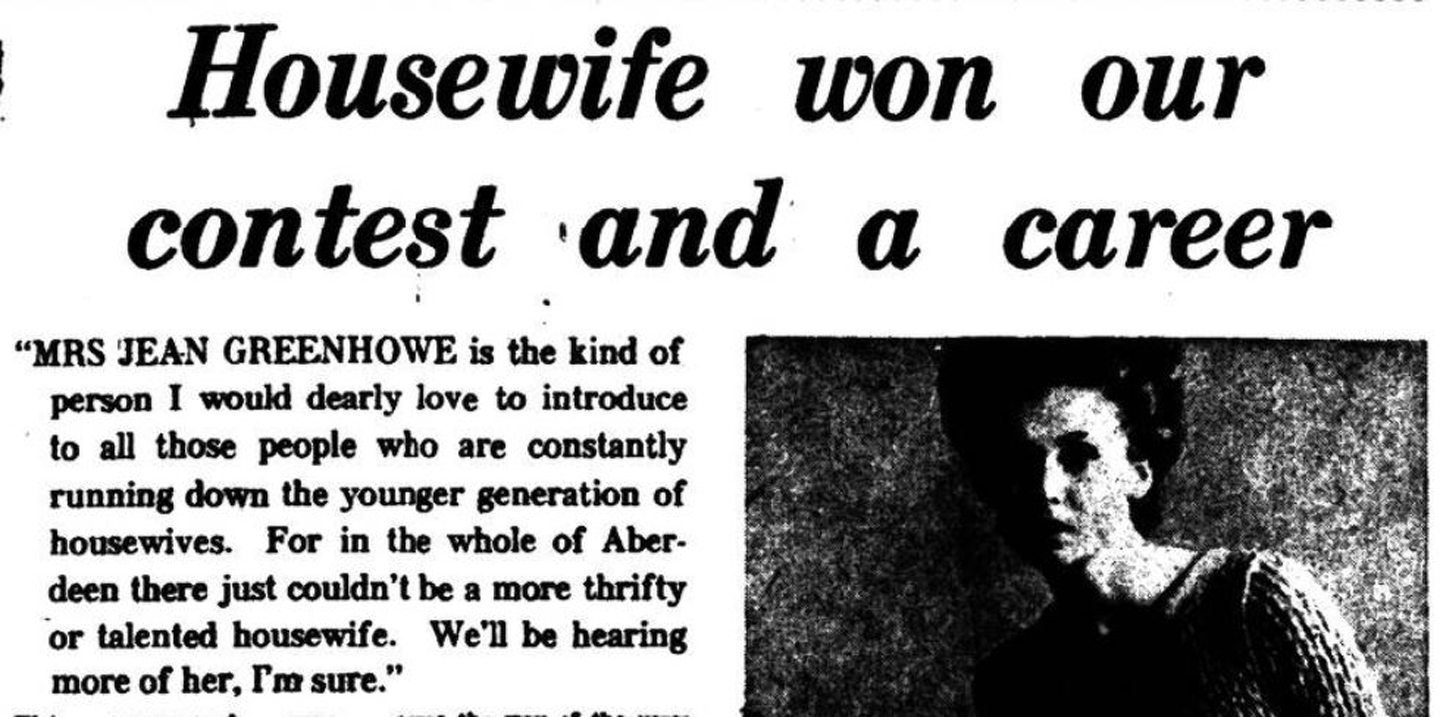
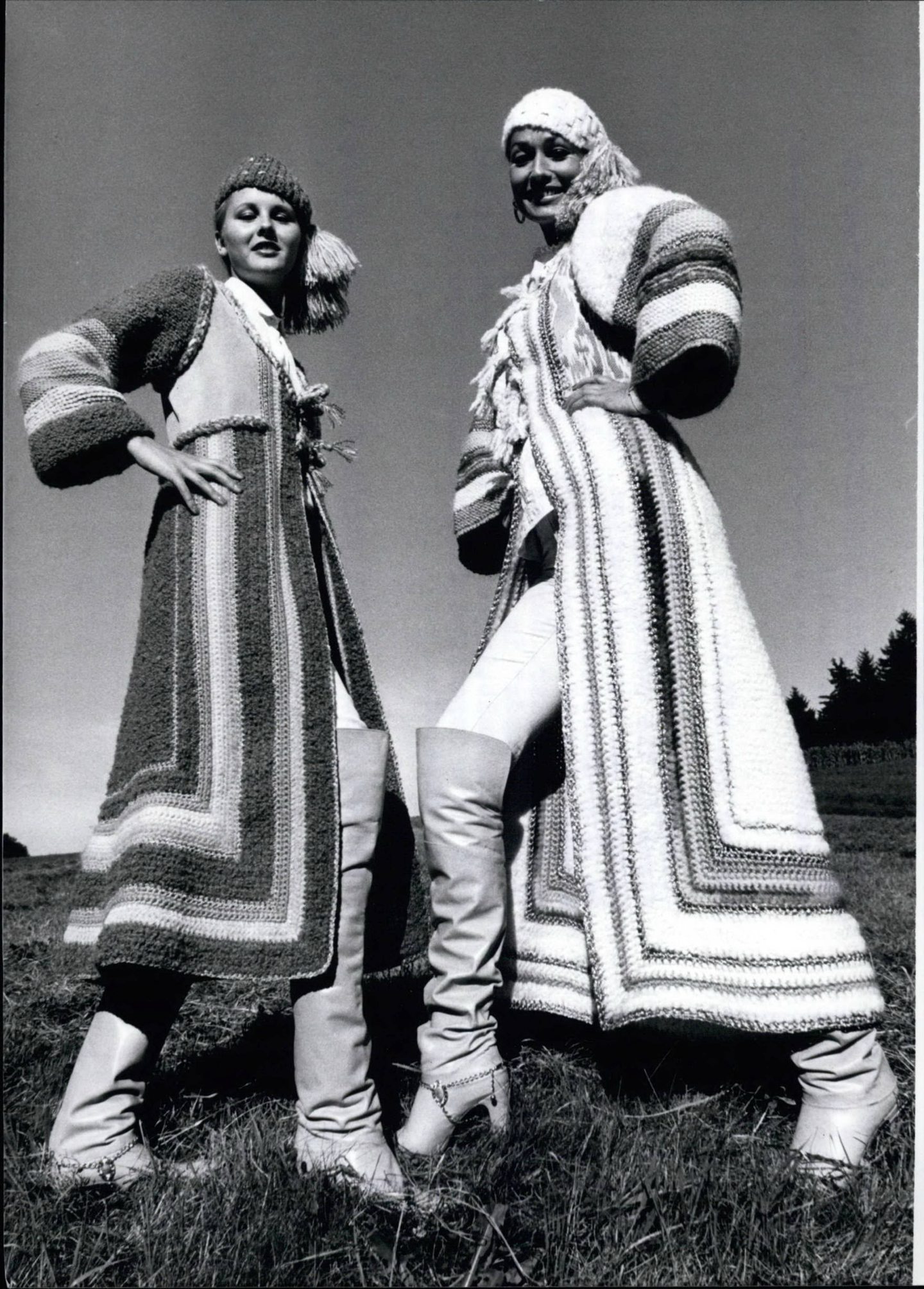


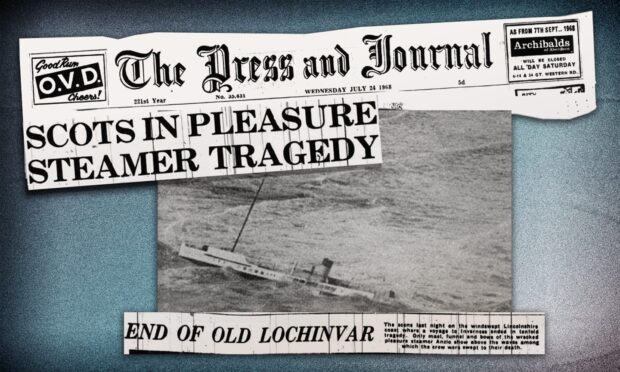
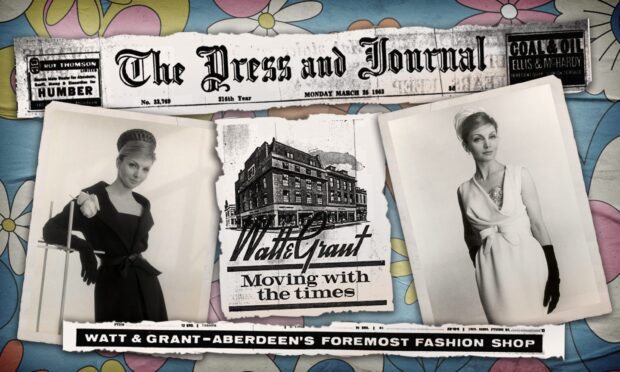
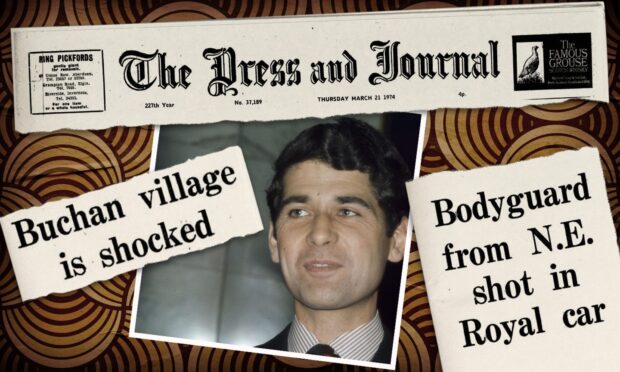
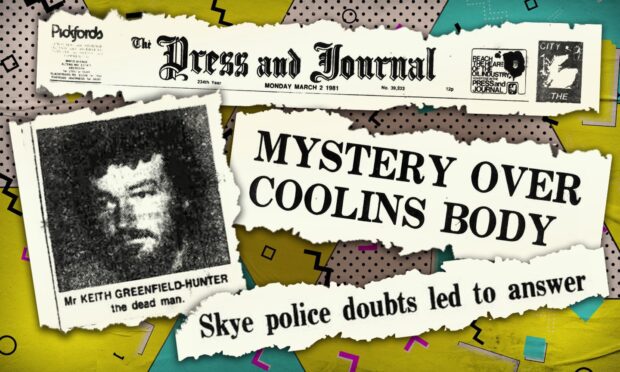
Conversation